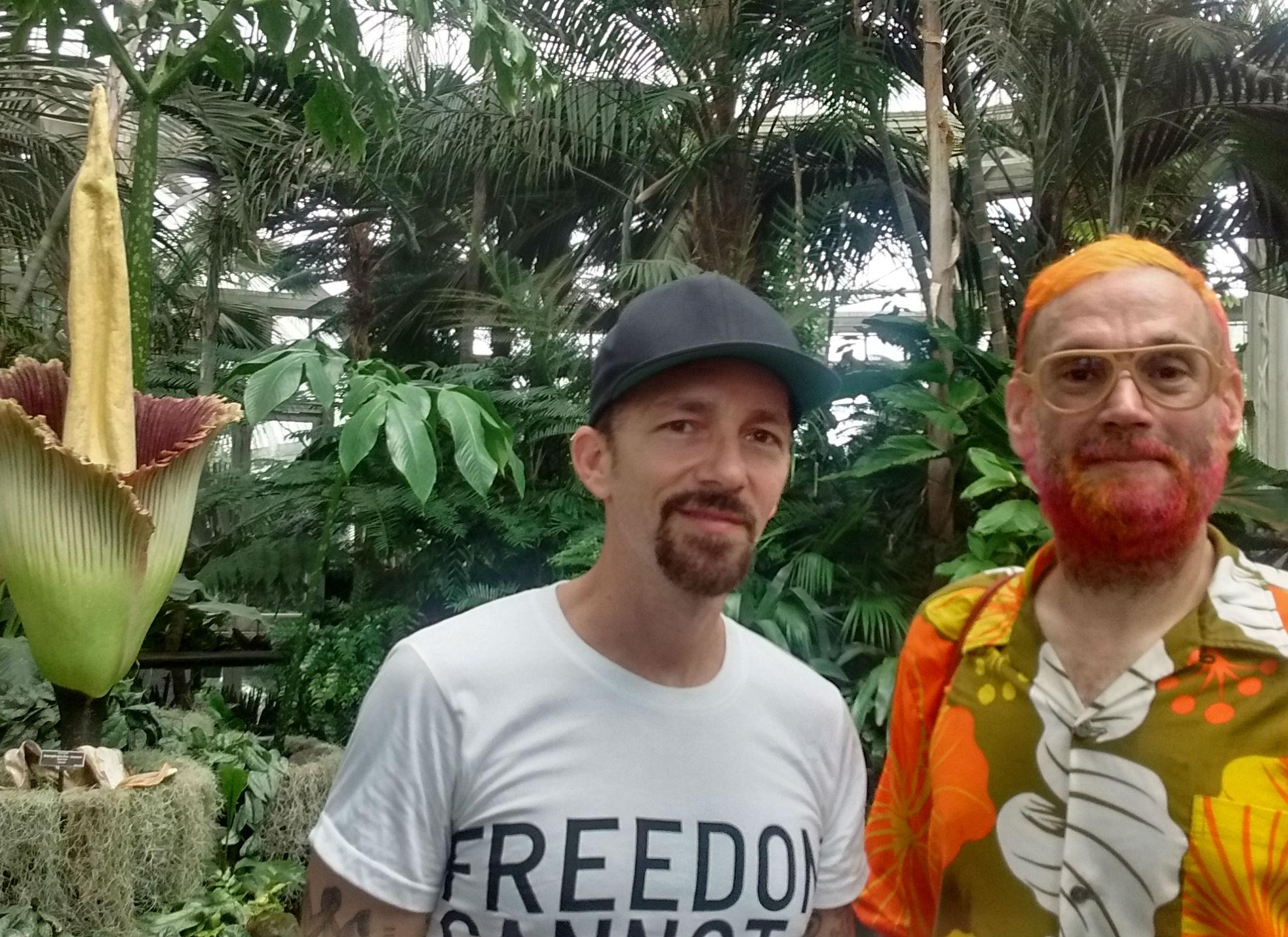Corpse flower that ‘smells of death’ blooms for the first time in a decade
The largest - and smelliest - flower in the world is on display at the New York Botanical Garden
Your support helps us to tell the story
From reproductive rights to climate change to Big Tech, The Independent is on the ground when the story is developing. Whether it's investigating the financials of Elon Musk's pro-Trump PAC or producing our latest documentary, 'The A Word', which shines a light on the American women fighting for reproductive rights, we know how important it is to parse out the facts from the messaging.
At such a critical moment in US history, we need reporters on the ground. Your donation allows us to keep sending journalists to speak to both sides of the story.
The Independent is trusted by Americans across the entire political spectrum. And unlike many other quality news outlets, we choose not to lock Americans out of our reporting and analysis with paywalls. We believe quality journalism should be available to everyone, paid for by those who can afford it.
Your support makes all the difference.Visitors flock to the New York Botanical Garden all summer long for a whiff of its fragrant blooms.
On Friday, they were drawn to an altogether less inviting odour.
Known as the “corpse flower”, it emits a pungent odour of rotting meat, luring pollinators that feed on dead animals.
The six-foot plant - it grows much taller in its natural habitat of Indonesia - has not bloomed for a decade, and has been carefully tended by horticulturalists here in the Bronx every day.
In the conservatory, visitors moved around the pond to try and catch a whiff from the largest flower in the world.
One of them was 29-year-old biology student Ronveer Chakraborty.
“It only blooms for a few days so the opportunity is limited,” he said.
“I can’t think of anything else which compares to this.”

The “Amorphophallus titanum” was last on display in bloom at the botanical garden in 1937, the first time it was showcased in the western hemisphere. It takes years to conserve enough energy to go into bloom, during which the yellow “spadix” - the spike of the plant - self-heats to human body temperature to emit the rotten smell - and it is all over within about 36 hours.
“I’ve heard a number of different things from old socks to rotting meat - but chemically the plant has the chemical compound that is present in rotting meat, rotting fish, faeces, any number of terrible fragrances,” said Mark Hachadourian, manager of the Nolen Greenhouses for Living Collections.

Jorge Clar, 51, an editor and a poet, said he was drawn to the plant as he grew up in Puerto Rico and the nature reminded him of home.
“I love the colour, and the shape - it’s like a fountain,” he said. “It took so long to grow and I love tropical plants.”

Scooter Laforge, 48, a painter, said the plant was like a “Catholic statue”.
“Everyone has come here to worship,” he said.
The corpse flower was named by Bronx Borough president James Lyons as the official flower of the Bronx, until it was changed to the more pretty-sounding daylily in 2000.
In a city that often smells rotten during the heat of summer, it seems these New Yorkers have not yet had enough of the miracles of nature.
After the plant withers back over the weekend, we will have to wait years before the unpredictable bloom takes place again.

Join our commenting forum
Join thought-provoking conversations, follow other Independent readers and see their replies
Comments